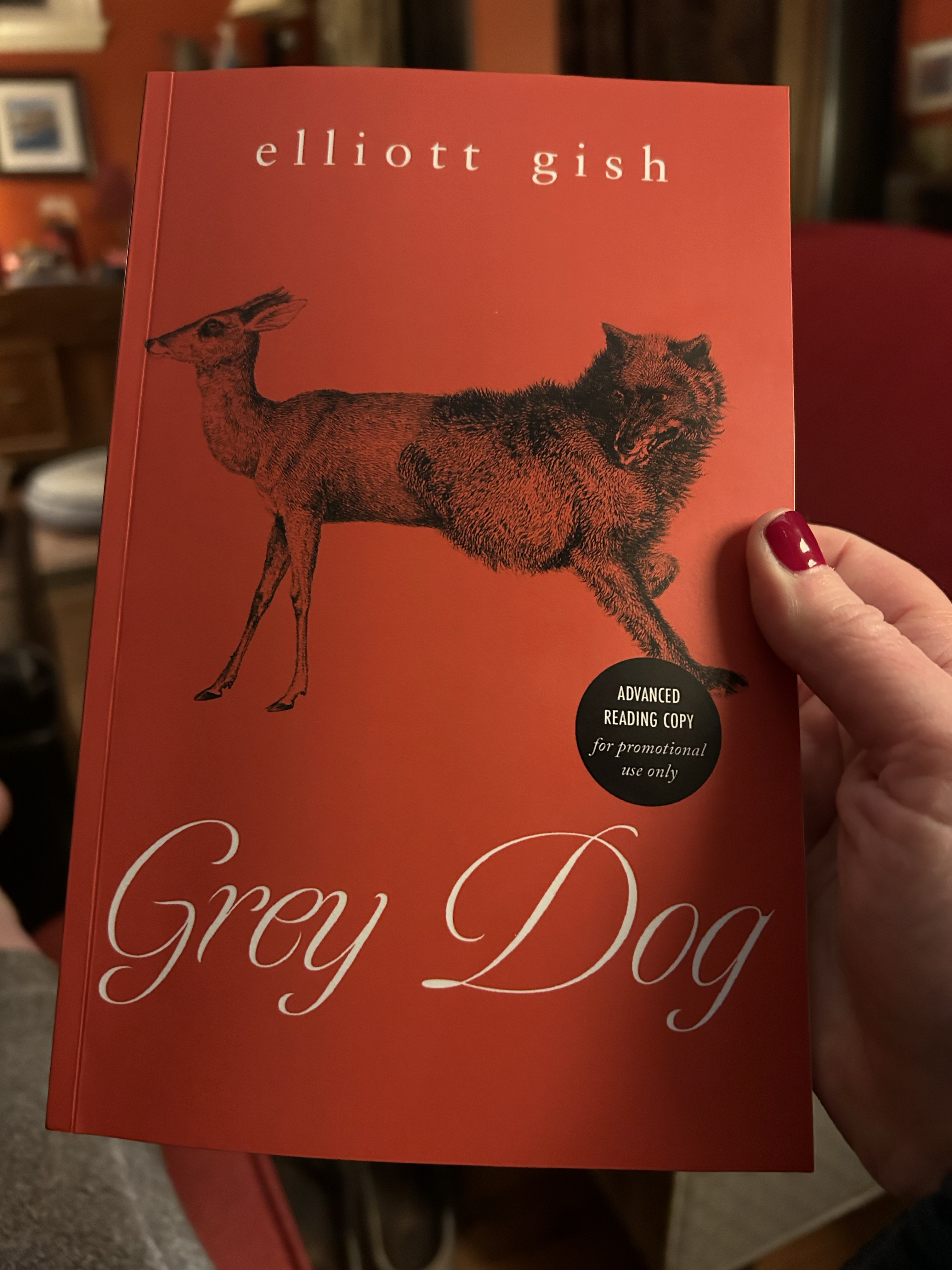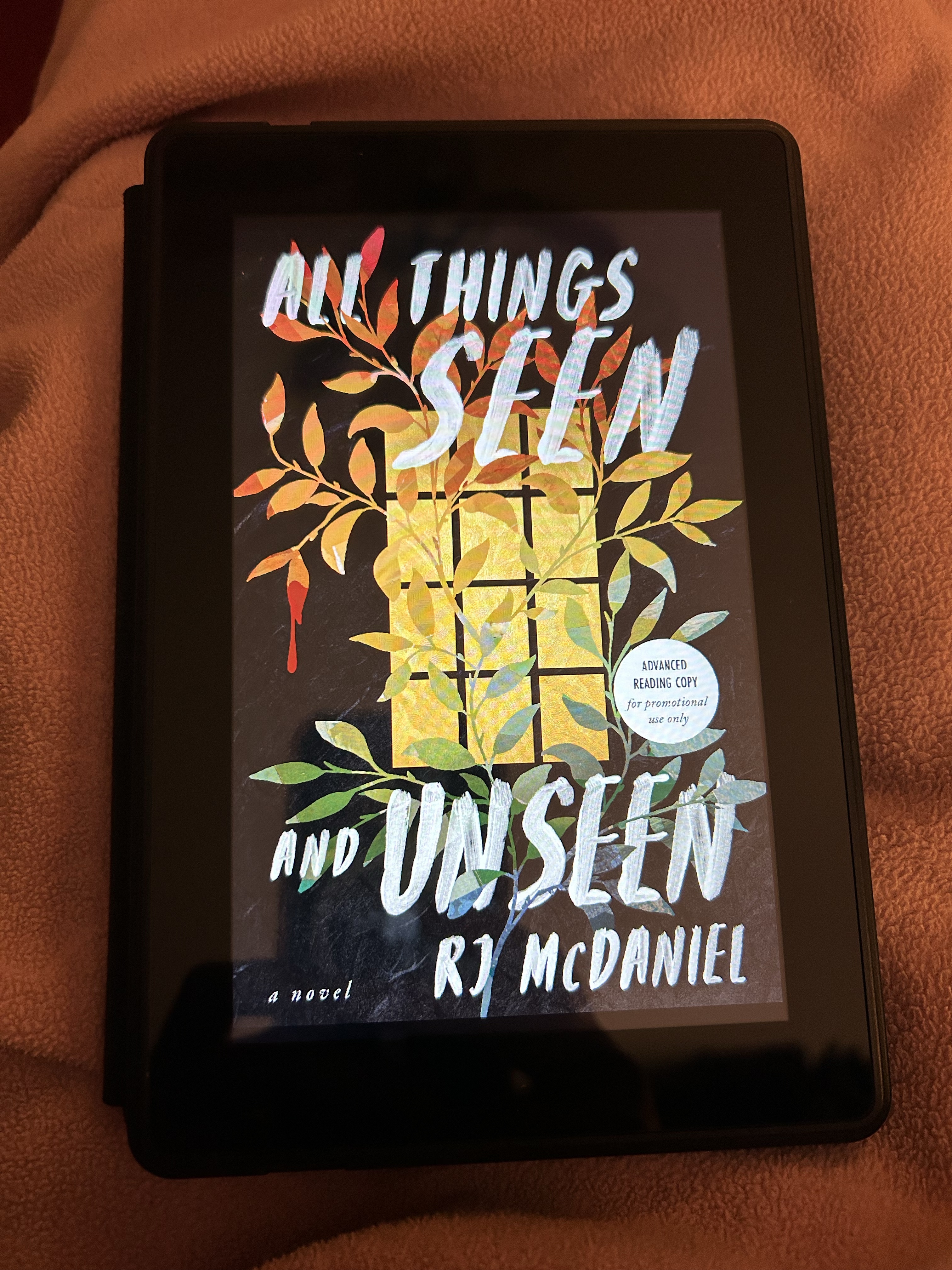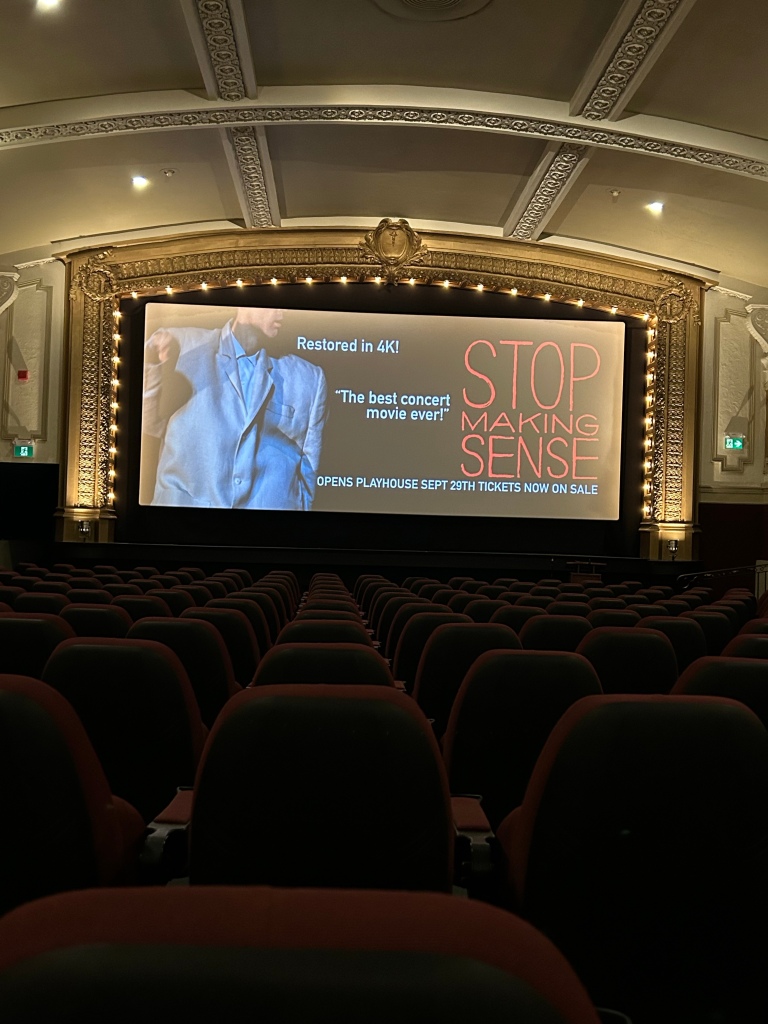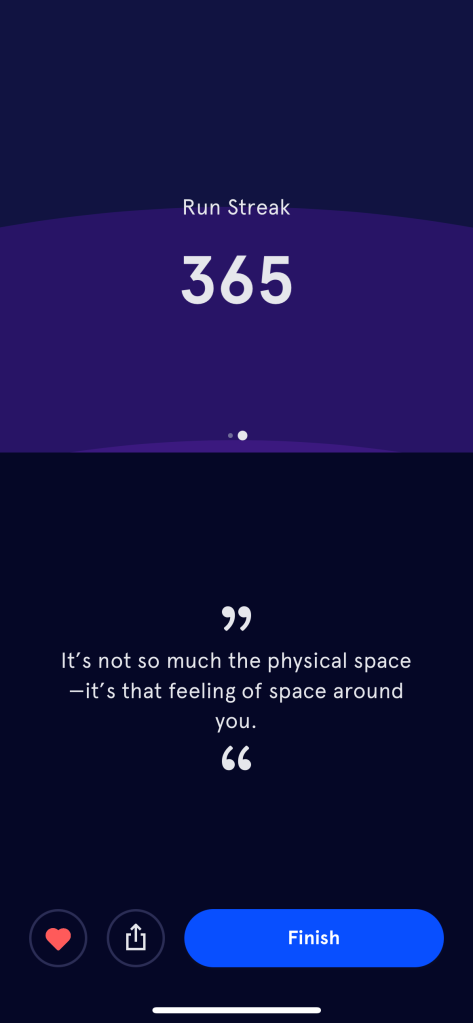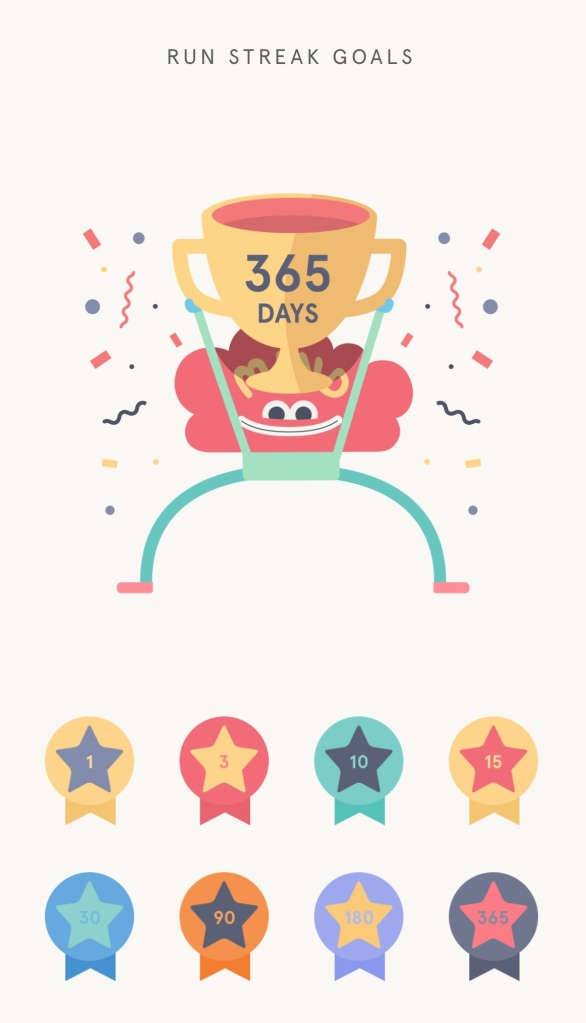I started pulling a tarot card a day on January 1st.
I’m using this daily card as a way to reconnect with the deck that sat unused for close to two decades. I knew where it was, safely wrapped up in the attic amid some of my other things. I could see it in my mind’s eye, resting in its storage box, but hadn’t really felt the pull to lift it from that space.
In the summer I went digging for something else, something I have forgotten entirely now, and there at the top of the box was my Rider Waite deck. And, at that point, I felt a tug toward it. And so I brought it downstairs.
It sat for a few months on one of my bookshelves, the yellow of the box catching my eye every time I walked by. Occasionally I would hold it, feeling the weight of it, the smoothness of it comforting in its heft. Eventually I took the cards out of their box and shuffled them a little bit. Tarot cards are larger than your average deck of cards, and I’ve always felt my hands are a little too small to handle them properly. But the more I shuffled, the better they felt.
On a day in late December I took the box to my desk and pulled the cards out. They are still shiny smooth—I wasn’t a consistent tarot reader back then—and the images and the intricacies all started coming back to me. It was time, then, to start over.
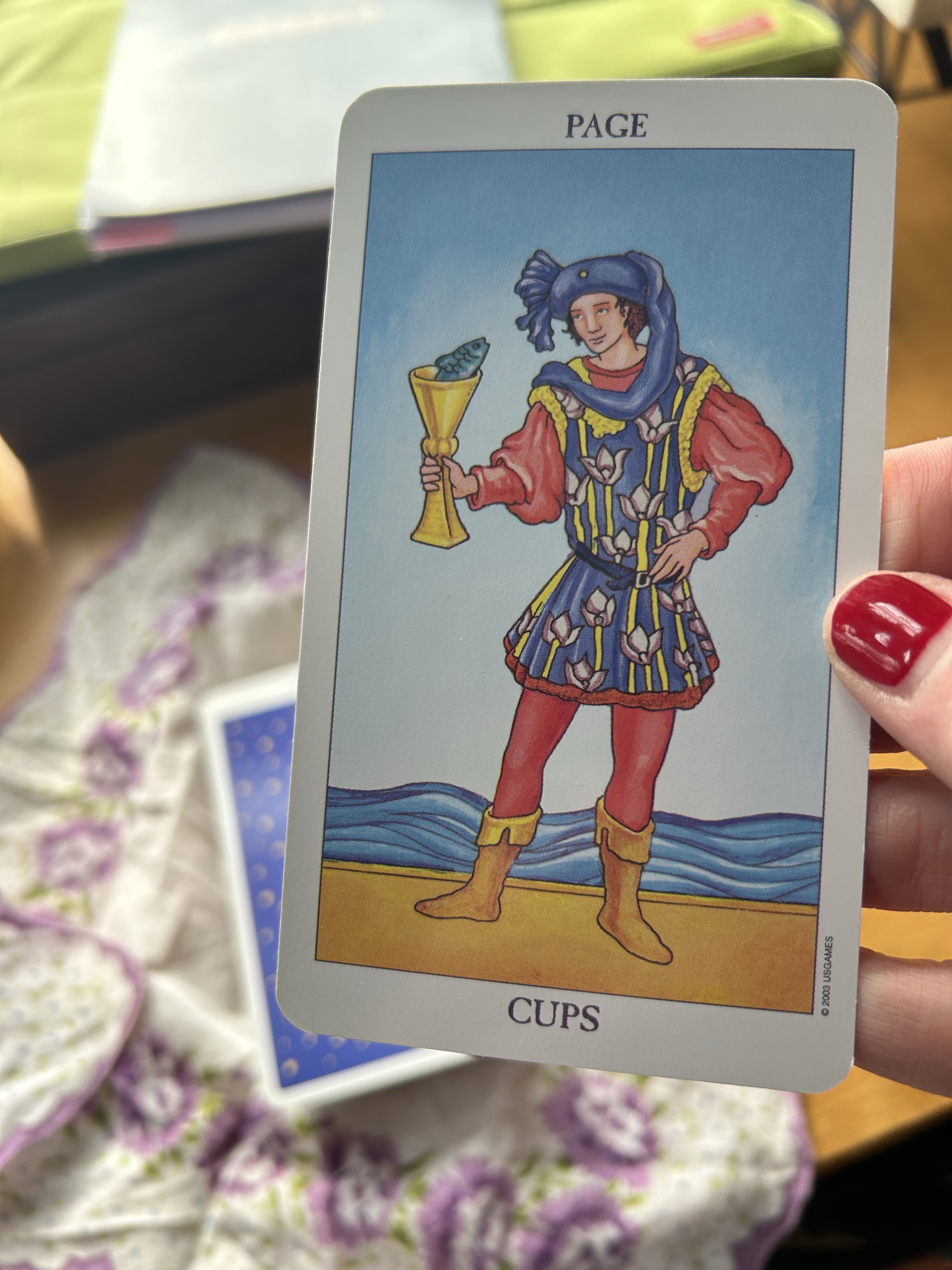
In my previous life, when I first wanted to get into tarot, I spent so much time trying to memorize every card, every meaning, every image and message. It was exhausting and impractical. I mean, you can do it that way, but for me it felt like I was treating it like an exam or assignment, committing the information to memory, reciting it by rote. I wasn’t trusting my intuition that the cards would reveal their information to me as I got to know them individually. And as a result, there was no emotion in it, no real story, either. I’m older now and more trusting of my own observations, my own intuition. And this is what a daily tarot card pull is helping me do.
Instead of pulling a card and immediately looking up the meaning (which is what impatient, “I need to know everything perfectly and NOW” Elizabeth did in the past) I take my time with the card. I savour its image, I notice the small details, and I write down my thoughts as I do. Some of the questions I ask myself are: What am I seeing? What is significant about this image? What details are there that I might have missed before? What exactly is happening in this card? What feelings or emotions are arising in me as I look at the card? I look at the expressions on the faces of the people featured, should there be any people in the card I pull. I look at the sky, the background, the terrain, the weather. All the little details that tell the story of that card specifically, and its relation to the deck as a whole.
It feels a little like freewriting, or writing with a writing prompt. I’ll make these notes and let the card’s image and the feelings it conjures sit with me for some time, occasionally dreaming up a little story about it, wondering what led to this moment, captured in the frame of the card. Later in the day, I will look up the traditional meaning and interpretation and add those notes to my original thoughts. Sometimes there are similarities and sometimes what I perceive is not even close, but that’s ok. It’s all learning, after all. And I kind of liken it to tarot practice through osmosis. I am absorbing the images which help guide me to the meanings, which helps me build a picture and tell a story.
And tarot reading is storytelling, after all. If you’ve ever had your cards read, there is an art to it—not just to the understanding of the cards, but to the way the information is conveyed. Good readers spin a yarn for you about you, about what they are seeing in the cards, about the world we live in and our relation to it. It’s fascinating, and I hope to one day be able to unwrap my own worn deck and help you see what the cards say to you. I feel this is quite a way off, mind you. But I’ll get there.
For now I’m keeping it simple at one card for each day, grateful for this morning ritual that aids me in both my writing practice and my understanding of tarot.

